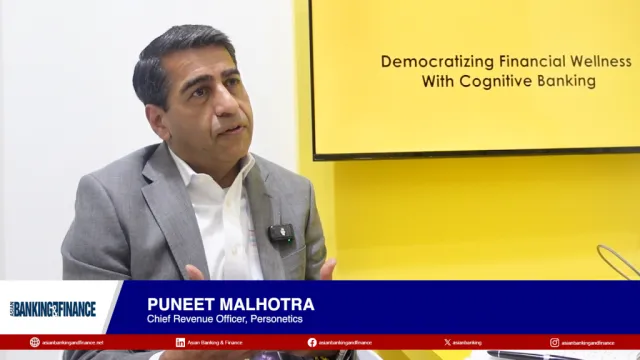
SG digital banks expand into investments and loans to boost profits
One problem they face is that many accounts remain inactive.
Digital banks in Singapore have moved to offer higher-margin products such as investments and loans in order to make a profit.
Two years after their launch, digital banks in the city remain in the red, with mounting losses, noted Simon-Kucher in a report. This is due to a gap between high acquisition costs of digital banks and the low activity of their clients.
One big problem that digital banks face is that many of their accounts remain inactive.
“Many customers open accounts out of curiosity but fail to fund them—especially in Singapore, where the process is streamlined with tools like Singpass,” wrote Simon-Kucher managing partner Silvio Struebi; partner Alan Lim; and senior director David Lielacher.
To attract more customers, digital banks are expanding their offerings to include products such as investments and wealth management.
MariBank, for example, introduced investment offerings, reportedly the first digital bank in Singapore to do so. Trust Bank has also launched its own investment offering, TrustInvest, in February 2025.
GXS is expected to follow suit later this year.
Digital banks can also look into embedding investment solutions into a broader customer-focused product roadmap, said Simon-Kucher.
Ecosystems
Most digital banks are embedded in broader ecosystems, such as Trust Bank with NTUC, or GXS with Grab and Singtel.
However, banks will have to move beyond their ecosystems, as expanding their customer base is likely to become essential over time, the report said.
Banks are aware of this, which is why GXS and MariBank are extending their banking services to sole proprietorships and micro-businesses targeting niche segments. These businesses are often underserved by banks.
These customer groups share characteristics with retail clients but typically entail higher risks and costs for incumbents, Simon-Kucher said.
“We observe a financing gap in the MSME and SME segment, where business customers struggle to access loans at reasonable rates,” they said.
“Digital banks… could offer cheaper access to funding—something that traditional lending platforms may only do with a limited extent as they need to pay returns to their investors for providing the liquidity,” the report said.
Digital banks also benefit from being able to monitor customer payment activities, which allows them to assess the MSME clients’ overall liquidity situation.
Another way to serve these clients is through offering ancillary products, such as payment terminals, invoicing solutions, or IT and cyber security services, Simon-Kucher said.

















 Advertise
Advertise








